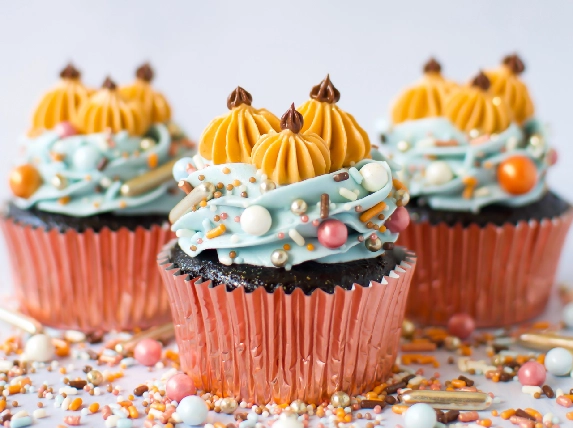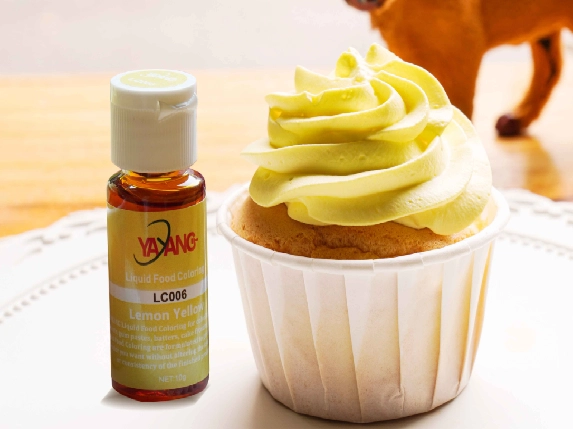
Understanding the Basics of Food Colouring Liquid
What’s Food Colouring Liquid?
Food colouring liquid is a dope, concentrated pigment that makes your eats pop with color. It’s usually water-based or oil-based, depending on your vibe. The magic? Tiny color bits spread even-like through your food, giving it that Insta-worthy glow. Liquid food coloring is what most home bakers know—those little dropper bottles you snag at the store. From cakes to drinks, they’re game for anything.
Natural vs. Synthetic Vibes
Food colouring liquid comes in two flavors: natural and synthetic. Natural stuff pulls from plants, minerals, or animals—like beet juice for red or spirulina for blue-green. Synthetic? Lab-made for bold, lasting hues. Health nuts dig natural; pros love synthetic for its sharp, reliable pop. Both are Safe, Hygienic & Pure, passing strict rules from FDA, EFSA, or GB standards.
Safety’s No Joke
Food colouring liquids gotta meet tight safety regs worldwide. Think FDA (U.S.), EFSA (EU), or GB (China)—they make sure pigments won’t mess you up if you stick to safe amounts. Manufacturers test like crazy to keep things legit. Watch out for labels—cosmetic stuff like thermochromic powders ain’t for eating. Stick to food-safe food colouring liquid.
Mixing Food Colouring Liquids Like a Pro
How to Whip Up Custom Colors
Want sick shades? Here’s the play:
- Start with a white base—frosting or batter.
- Drop one food colouring liquidat a time from a squeeze bottle.
- Mix it good to check the vibe.
- For secondary colors (like purple from red and blue), blend equal drops first, then add to your mix.
- Tweak with tiny drops till it’s fire.
Highly Concentrated Food Colouring Liquid gets you there fast—only few Drops are enough for your dream shade.
Gear You Need
Precision’s everything with food colouring liquid. Grab:
- Clear bowls for mixing.
- Toothpicks or droppers for tiny tweaks.
- Measuring spoons for backup.
- White plate to test colors.
- Gloves (no stained hands, fam).
Easy To Use Flip-Top Bottles let you drop Repeat Shades Every Time. No guesswork, just vibes.
Don’t Mess These Up
Watch out for these rookie moves:
- Overmixing: Air bubbles ruin batters or frosting.
- Too much color: Can funk up taste or texture.
- Forgetting oxidation: Colors might shift over time.
- Ignoring your base: A yellow batter changes everything—test small first.
Matching Food Colouring Liquids to Desserts

Picking Pigments for Sweets
Different treats need different food colouring liquids:
- Food coloring liquid can be widely usedon cakes, frosting, icing, fondant, cookie dough, you name it.
- Chocolate? Go oil-based ‘cause of the fat.
- Macarons or whipped cream? Water-soluble, no pearlescent junk.
Avoid using thermochromic or photochromic powders—they’re for nails, not noms.
Texture’s a Big Deal
How your dessert soaks up food colouring liquid depends on texture:
- Fondant’s smooth, takes color even.
- Porous batters might dull the vibe.
- Buttercream holds color tight but might need a fridge to lock it in.
- Know your base to nail the look.
Colors That Vibe with Flavors
Colors trick your brain into tasting better:
- Lemon? Yellow’s your jam.
- Mint? Green’s the move.
- Chocolate? Deep reds or blacks add richness.
Pairing hues with flavors makes your sweets pop for eyes and taste buds.
Pro-Level Tricks for Epic Results
Layering Like a Boss
Want layered looks? Try this:
- Tint each layer separate before stacking.
- Use piping bags with multi-tips for stripes.
- Let layers chill a bit to stop color bleeds.
Killer for cupcakes or tiered cakes that scream “whoa.”
Smooth Gradient Vibes
Ombre’s hot—here’s how:
- Split your frosting or batter into bowls.
- Add food colouring liquiddrop-by-drop, going darker each bowl.
- Slap lightest on top, darkest at the bottom.
- Smooth it out with a spatula or scraper.
Looks fire on cakes or fondant.
Interactive Desserts, Done Safe
Thermochromic pigments that shift with heat? Cool for nails, not for food. Instead, use safe tricks like layered jellies that show new colors when cut. Fun, edible, and no health risks.
Global Trends to Spark Your Baking
Hot Color Palettes
Dessert art’s popping off in 2025:
- Neon hues for Insta-filter vibes.
- Earthy tones for eco-friendly feels.
- Pastels for wedding cake classics.
These set the mood for next-level bakes.
Culture Shapes Colors
Colors mean different things:
- Red’s lucky in Chinese pastries.
- Green screams matcha in Japanese treats.
- Gold’s luxe for Middle Eastern sweets.
Know your crowd to make bakes that hit home.
Insta-Worthy Treats
Want social media clout? We have 16 colors at present—High Quality Concentrated Basic Colours. Go wild with rainbow cakes or galaxy macarons. Bright food colouring liquid makes your desserts shareable AF.
FAQs
- Can I use food colouring liquid in drinks?
Yup! Water-soluble food colouring liquidblends easy in drinks without messing up the vibe. - What’s best for chocolate?
Oil-based food colouring liquid—chocolate’s fatty, so water-based won’t cut it. - How do I keep frosting from getting runny?
Use concentrated food colouring liquid—a few drops max to keep it thick. - Are all bright pigments safe to eat?
Nah, skip thermochromic powders—they’re for cosmetics, not cakes. - Can newbies handle food colouring liquid?
Totally! Great decorating DIY materialwith flip-top bottles for easy control.
Wanna make your bakes pop? Hit up Hangzhou Yayang Industrial Co., Ltd. for food colouring liquid that’s next-level. We can provide magical products with 20 years of pigment game!
